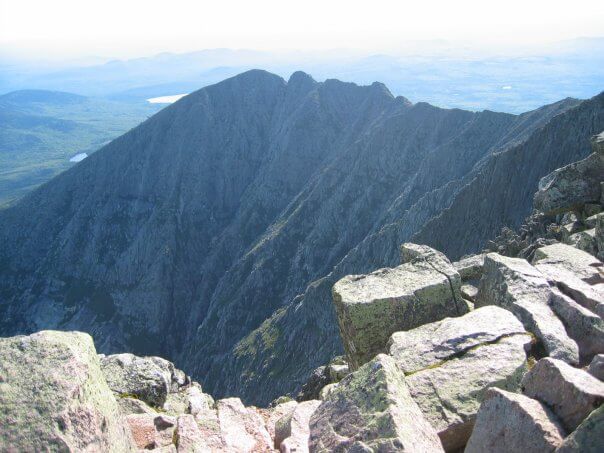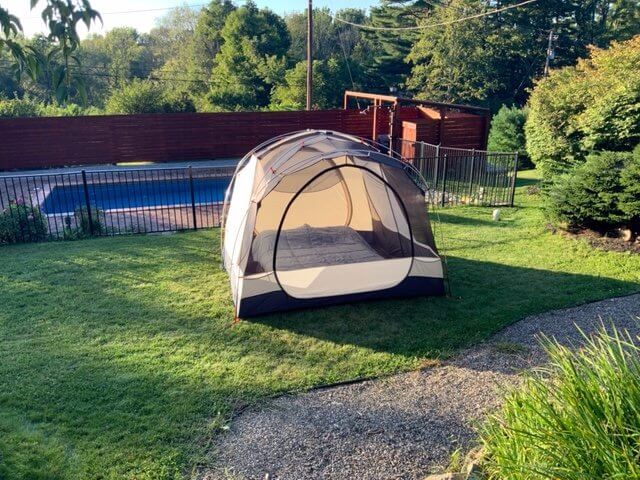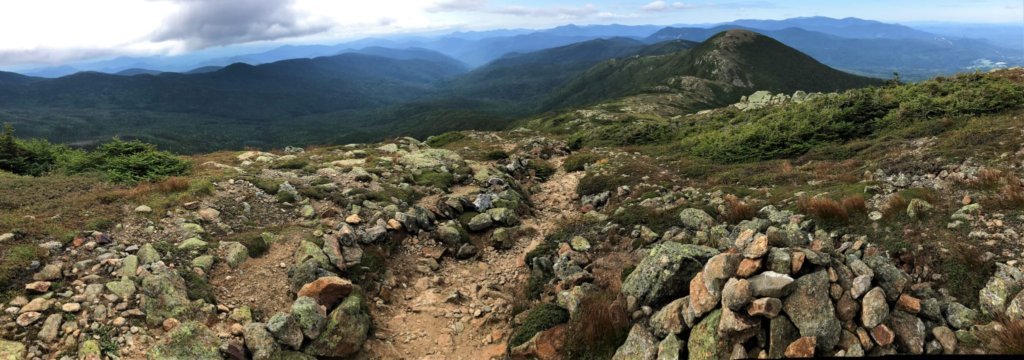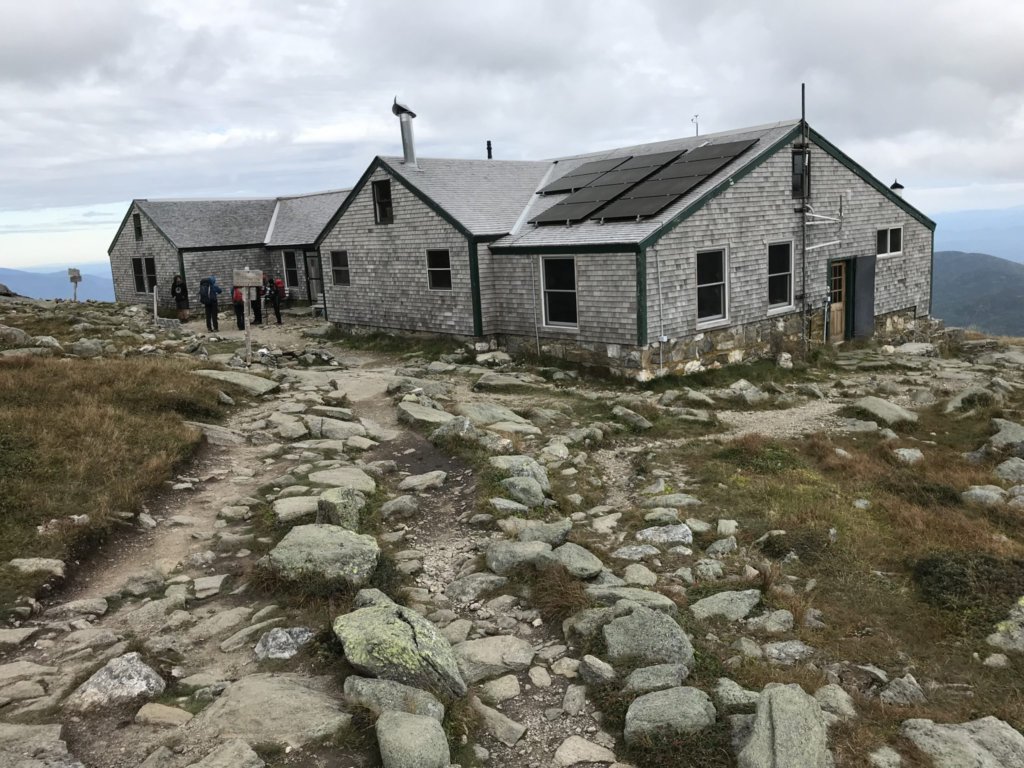*This post contains affiliate links. If you click on a link and make a purchase you are helping to support this blog
The fall is my favorite time of year to go camping. In the Northeast, the forest shows off with spectacular fall colors. It’s the perfect opportunity to get out into nature and explore. But how?
The answer is, it depends. It depends on how off grid you want to be and what type of experience you are looking to have. Making your two main options car camping or backcountry camping.
So, this post will help break down what each of those mean, what you need to consider for each, and what type of gear you will need.
Car Camping
What is it?
The first question when considering car camping is what that actually means. It is not camping in your car somewhere in the woods. But driving to a spot in a designated campground and setting up your tent there.
All your gear is in your car and can be store there giving you greater flexibility in what you can bring.
What is this ideal for?
If you are looking to get away and enjoy the fall foliage but don’t want to carry all your gear on your back, this is the best option for you.
It’s a great option if you are looking for a “home base.” A place where you can set up and leave all your gear, while you take a small day pack to explore nearby trails. It is by far the best way to do multiple day hikes in an area, giving you more variety.
For instance, if you are eyeing up that peak you can do the strenuous climb on one day then follow it up with a couple of shorter easy hikes the next day in a different area.
Limitations
Your main limitation is what hiking you can do in a day. If you are planning an “out and back” hike you need to make sure you can finish it in a day, so you can get back to camp before night fall.
It limits the hikes you can do but if you are camping in a state forest or national park there is typically no shortage of trails to consider. Sometimes having the flexibility of hiking whatever trail you feel like it in that moment is just the type of getaway you need.
Gear
As I said, with car camping you have greater flexibility because you don’t need to worry about how much gear you bring and what it’s going to weigh.
So, instead of ramen noodles and dehydrated foods, you can bring that cooler filled with fresh ingredients and just leave it in the trunk of your car (you know, so the bears don’t get them). You can also bring a heavier and larger tent, like the REI Kingdom 4. This 18 lb tent is not ideal if you need to carry it on your back but it’s a perfect car camping tent.
You can also bring extra blankets, a large air mattress, the size of your car is really the only limitation here.
Some suggested Northeast locations great for car camping
Ok, so you have decided that car camping sounds like more your thing and the type of trip you would like to take, where should you go? Below are a couple suggestions to get you started.
Adirondacks
The Adirondacks, in New York State, is a huge 6-million-acre area with lots of options for car camping. My recommendation if you are looking to tackle some mountains is the High Peaks region.
Two other, very popular and family friendly areas are around Saranac Lake and Lake George. The Adirondacks have thousands of campsites and hundreds of campgrounds, both state-owned and privately operated. So, the options are literally endless.
If you were hoping to bring your four-legged friends as well, most of the areas are dog friendly, just make sure to check out their site for any specific restrictions or requirements (such as bringing your dogs vaccination record and ensuring they are up-to-date on their rabies vaccination).
And the foliage here is out of this world. Head there in late September early October to see the peak of the foliage as the temperatures dip down into the cooler ranges. Make sure to bring some warm clothes and blankets for those chilly nights.
White Mountains
The White Mountains in New Hampshire are truly a hiker’s wonderland, no matter if it’s summer or fall. The trails are challenging and the views are out of this world rewarding, so if you are looking to take on a few of the 4,000 footers car camping is a great option.
The Whites have several different types of car camping options, from the Crawford Notch campground with places for tents, or you can rent a yurt or lean-to along the Saco River. Or you can stay in a more traditional KOA campground.
Don’t let organized campsites deter you, it’s a great place to have a home base, where you are going to be sleeping and can feel more secure in your safety from wildlife. I mean, let’s be honest, you’re here for the hiking anyway right?
Acadia National Park
Maine has arguably the best fall foliage of any of the northeastern states. So, why not see the some of the best fall foliage and explore a national park at the same time?
During 2020, all campgrounds, back country camping and “out of bounds” camping are closed. So, keep that in mind. You can find places in the surrounding towns to stay, so that will be your best bet during this unprecedented year.
Backcountry Camping
What is it?
Backcountry camping is exactly how it sounds. Camping backcountry. This is more for multiday hikes. Where you carry all your gear on your back and camp along the trail. There are not necessarily designated camp sites, depending on where you are.
They can be short trips or longer (week long or more) hikes, where you cover lots of distance on only one trail.
What is it ideal for?
It’s ideal for those looking to tackle some of the longer trails. The trails that you just cannot do in a day (see suggestions below). If you are looking to be more remote and have a more immersive experience in nature, this is the way to go.
You have the flexibility of putting in as much or as little mileage in a day as you want and the next day you just pack up your gear and keep going. It gives you the opportunity to really experience a trail and an area that most day trippers are not going to go.
Limitations
You are, for the most part, only experiencing one trail and one section of the park. So, if you are hoping to summit as many of the 4,000-footers in New Hampshire’s White Mountains as you can in one trip, this might not be ideal.
You’re also limited by gear. You have to carry everything, including food. So, you need to make sure you have enough food to last you the entire trip.
Gear
Light weight gear is the name of the game. It’s hard carrying that much weight on your back all day. It hurts. So, the lighter the back, the easier life will be. Below are a couple of my recommendations.
REI Half Dome
I like this tent because it’s 3 pounds 12 oz. and it’s a great tent for 2 people and a dog. So, if you are solo camping, you could go with something even smaller and more lightweight. But this tent is not huge, has a lot of pockets and is super easy to pitch.
Canister stoves
There are so many options when it comes to canister stoves, but the most popular is the MSR PocketRocket Ultralight. These are extremely lightweight and the small canisters are easy to pack and last a long time.
Big Agnes Torchlight Ultralight Sleeping Bag
The Big Agnes Torchlight Sleeping Bag is the mother of all sleeping bags. Not a cheap way to go by any means but this uber soft, expandable (I recommend you get the expandable version) sleeping bag will keep you warm and cozy in all kinds of weather.
Some suggested Northeastern locations for backcountry camping
Devil’s Path, Catskills
This 25.2-mile trail in New York’s Catskills is considered the toughest trail in the Catskills. With over 7,000 feet of elevation change, this trail is not for the new hiker. Take a couple days to fully enjoy the trail and not feel rushed by camping along the path.
You do not need a permit and there are a couple of lean-tos along the way. This is a tough trail and not recommended for dogs as there are sections of cliff scrambling.
Presidential Traverse, White Mountains
The Presidential Traverse, is a 20+ section of the Appalachian Trail that crosses all the Presidentially named mountains. It’s hard as hell but the views are incredible. In a non-2020 year, you can book to stay at the Appalachian Mountain Club huts (I recommend the Lake of the Clouds Hut) but otherwise you can camp along the trail.
The caveat of camping along the Presidential Traverse is that you are required to camp below the tree line, so keep that in mind. You do not need a permit and could probably do this with your dog but I wouldn’t really recommend it.
100-mile Wilderness, Maine
This hike is on my to-do list. The last section of the Appalachian Trail for north bound hikers is the 100-mile wilderness. There are no little towns along the way so you need to make sure you have enough food and the right gear packed for a week to 10-day trek.
But, like I said, Maine in the fall is something everyone needs to see. And I honestly cannot think of a better way than tackling the 100-mile wilderness and finishing it off with views from the summit of Mount Katahdin.

Concluding Thoughts
No matter what you decide they both give you great experiences and ways to get out into nature. A nice reprieve from the every day rush of life and a way to reset and reconnect. So, whether you are just getting started with hiking or are a seasoned hiker, no matter which place you choose there are options for everyone.








